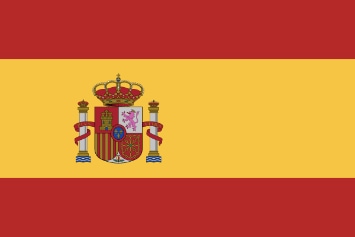September 22, 2022
How to Make a Great Non-Alcoholic Wine
To successfully bring a non-alcoholic wine brand to market, winemakers need to understand how to make it the best tasting and most cost-effective way possible. Creating a great no-alcohol wine starts with choosing the right type of wine and understanding the dealcoholization process.
BevZero uses thin film vacuum distillation technology, which gently removes the alcohol while maintaining most of the aroma and flavor volatiles. As the essence, alcohol, and water are removed, a concentrated version of the non-volatile compounds remains.
Aroma, color, and acid all concentrate so this should be considered when determining what characteristics you are looking for in your end product. Not only will all the good things concentrate, but so will most faults. You can’t get rid of off-aromas associated with VA, Brettanomyces, smoke taint, or bitterness. These faults will be enhanced with concentration. Additionally, if you know that some of the aromas may be lost in the process, it would be best to choose a starting wine that is highly aromatic.
Below are additional tips to help with creating the highest quality non-alcoholic wine:
For sparkling wines, a sparkling wine base should not be used
These bases are highly acidic and rely on their sweetness to carbonate when bottled by adding yeasts that will eat the sugars and result in alcohol and bubbles. For a non-alcoholic product, that alcohol is not wanted, and the acid will concentrate and become unpalatable. Winemaking deacidification agents can only be used so far before stability concerns arise, so it is important to ensure mid to low acid levels on starting wines.
In red wines, the phenolics will concentrate, so be careful of extended maceration and oak content
These characteristics are great in a full alcohol wine, but can be overwhelming when concentrated in a dealcoholized wine. Winemakers should consider using less new oak and lighter toasts when barrel aging wines intended for dealcoholization, or stainless steel aging and using oak extracts during product development.
Color concentration is a concern with Rose wines
When using a regular rose wine for dealcoholization, the color may become too dark for a Provencal style. Before maceration, the juice from a red wine, which can be very light in color, can be mixed with a white wine and be used for rose.
Aroma is big
Consider when creating a non-alcoholic white wine to blend in very aromatic wines, such as gewurztraminer, Riesling, Viognier, or a muscat varietal. Also, aroma boosting yeasts can be used and consider other fruit-forward and big aromatic winemaking and vineyard techniques.
In summary, determining the characteristics of the end product that you envision will greatly help with understanding how to build it. Reach out to BevZero wine experts for support in your low or no-alcohol wine process development.



